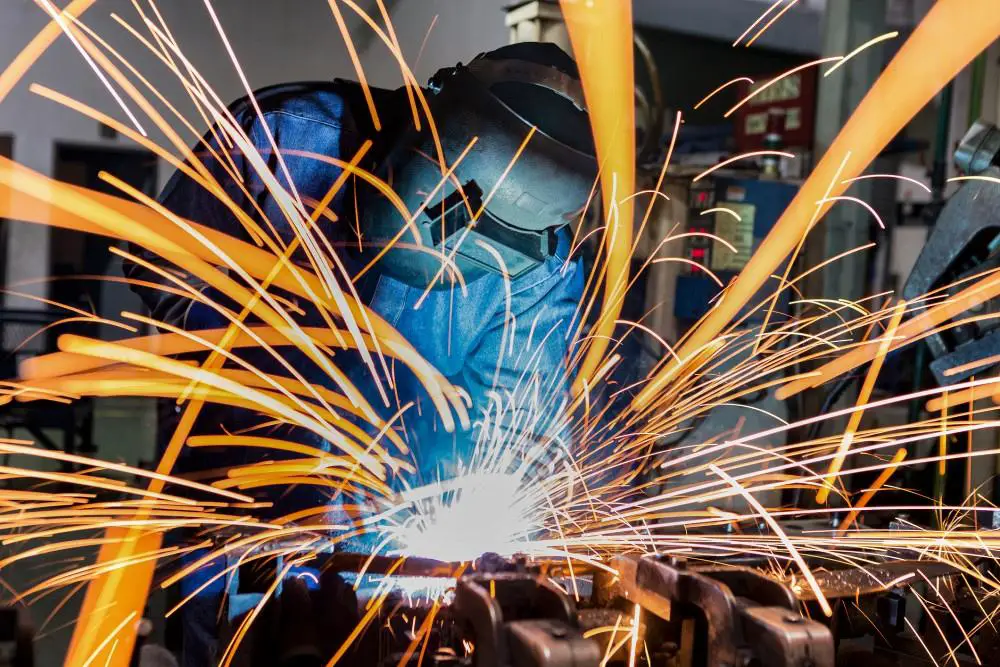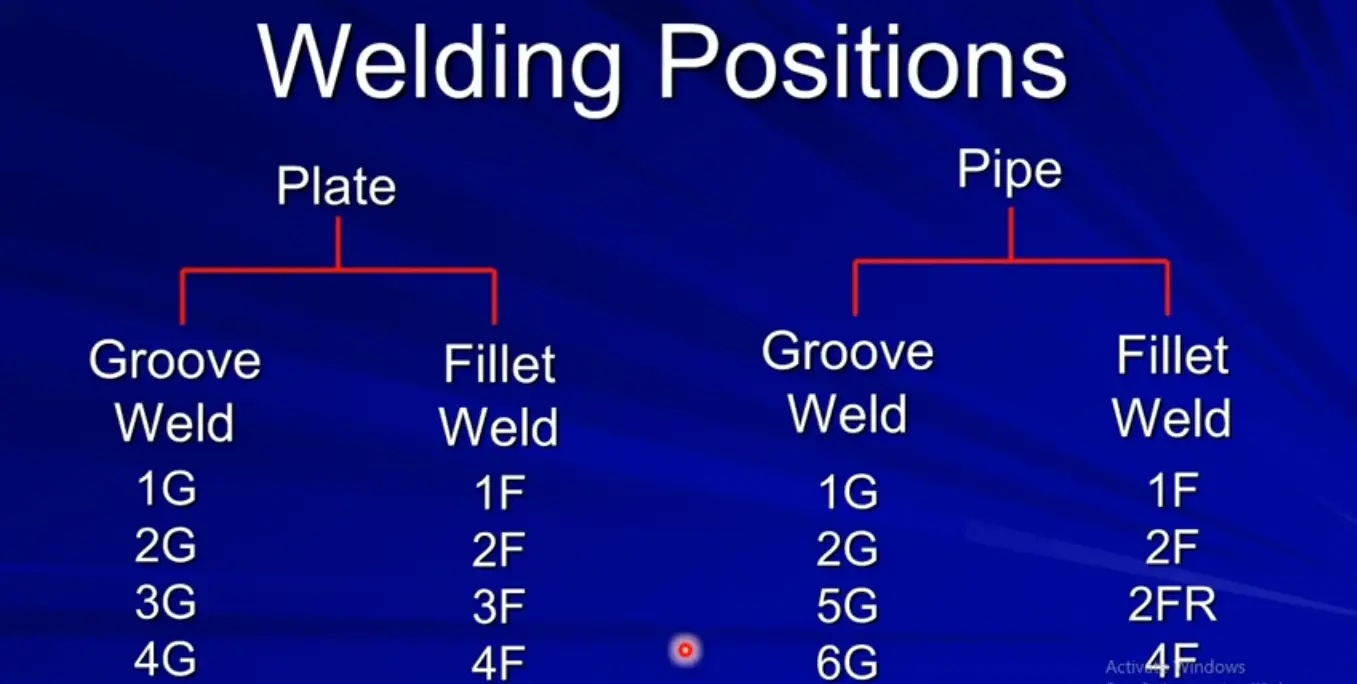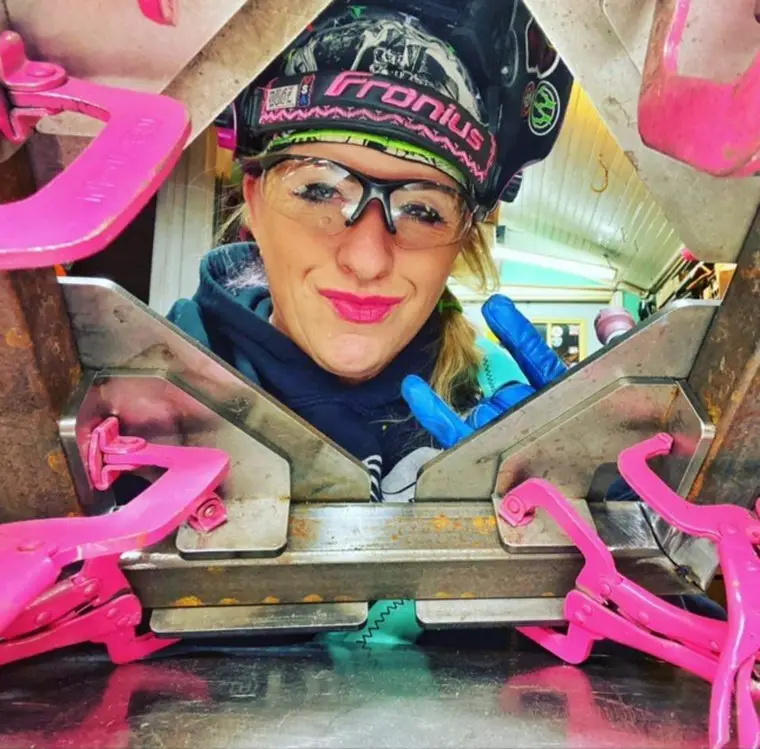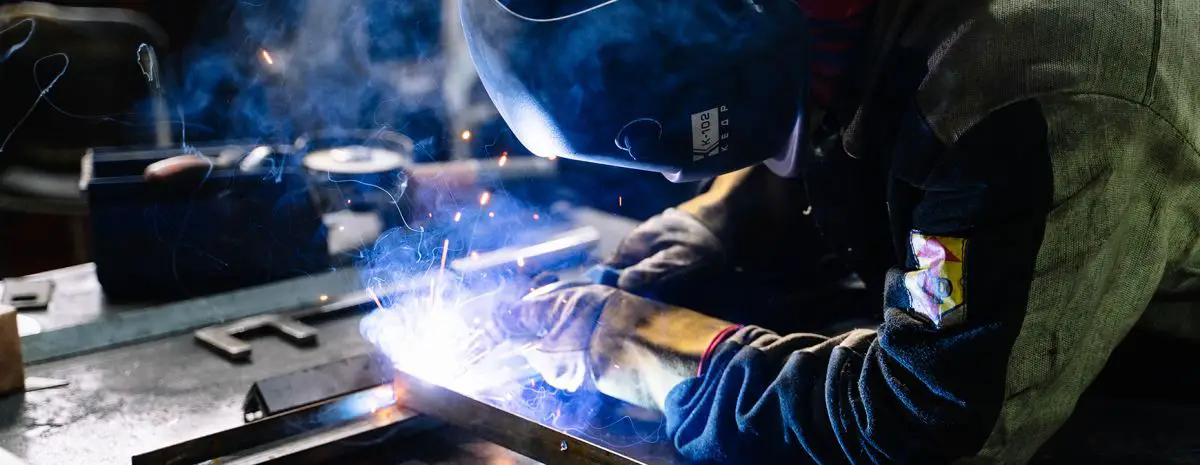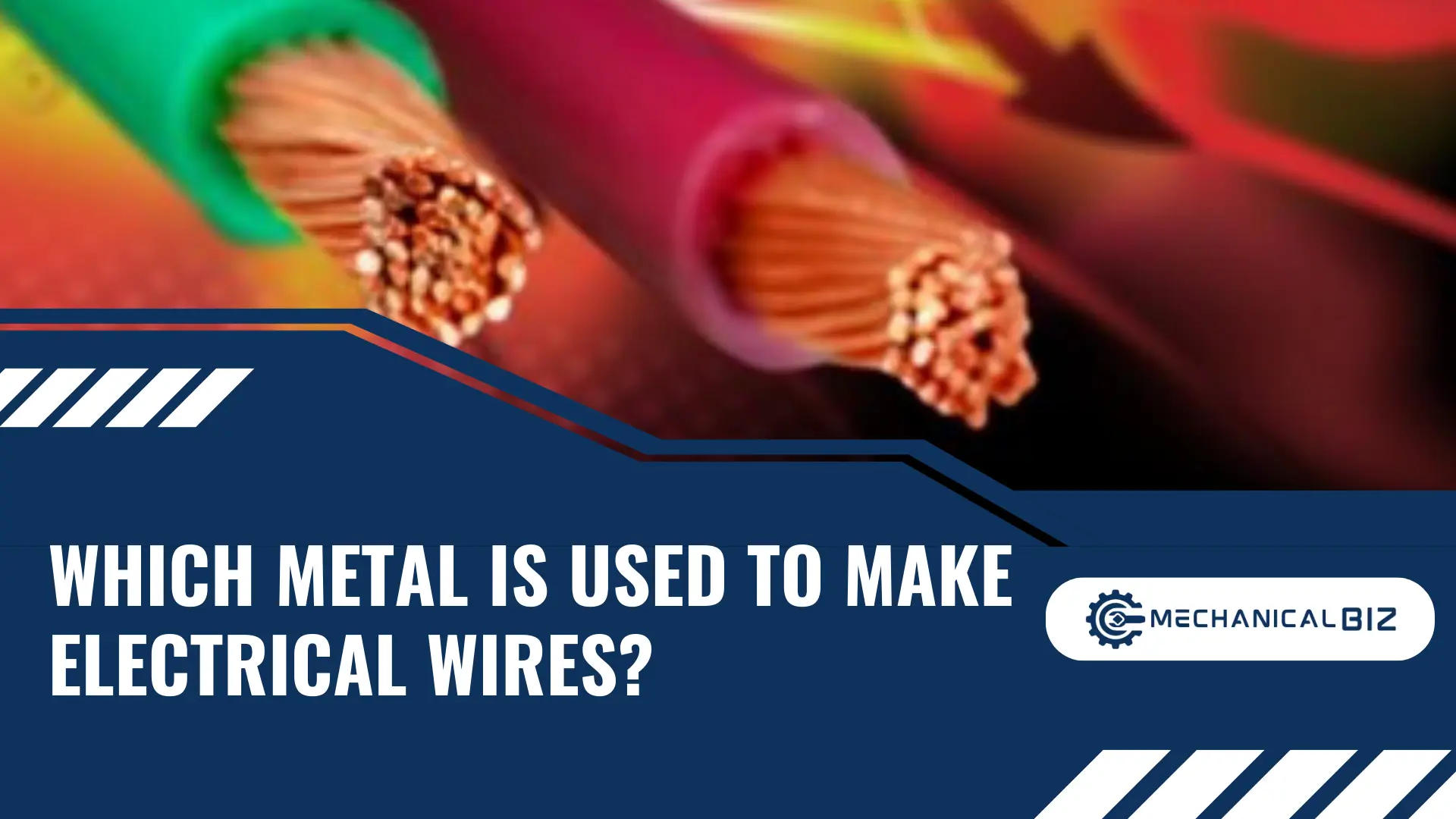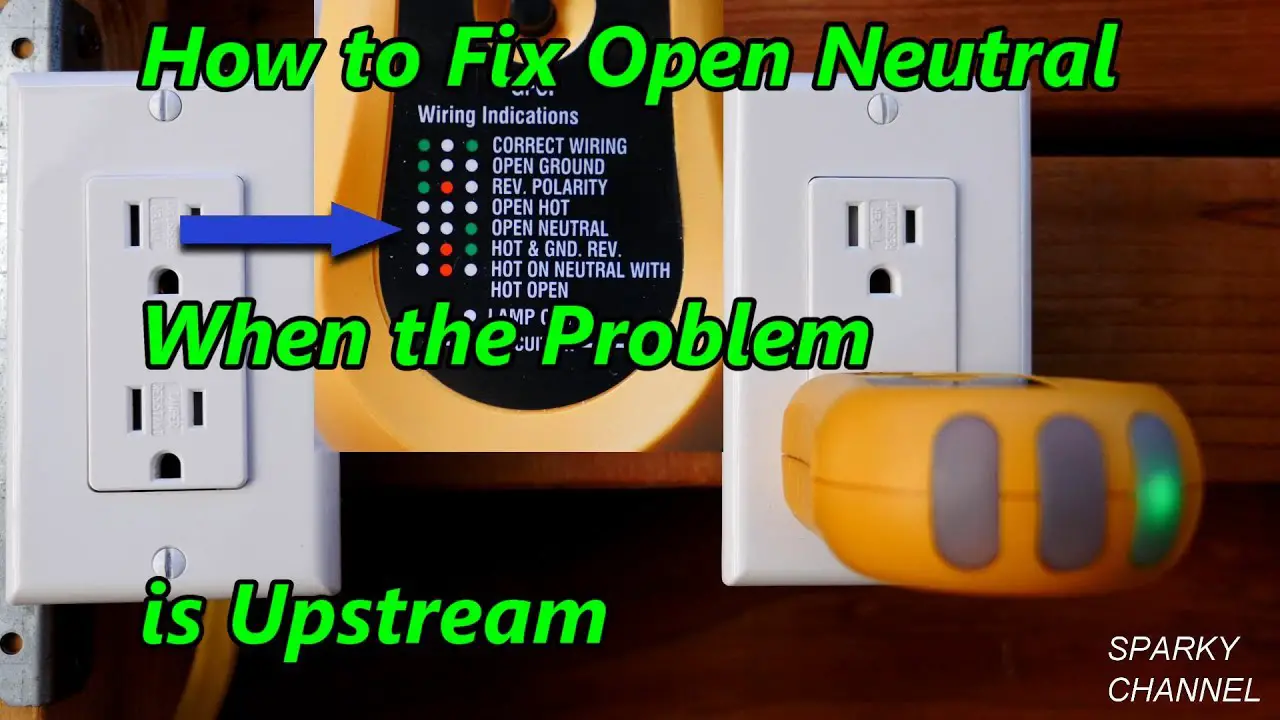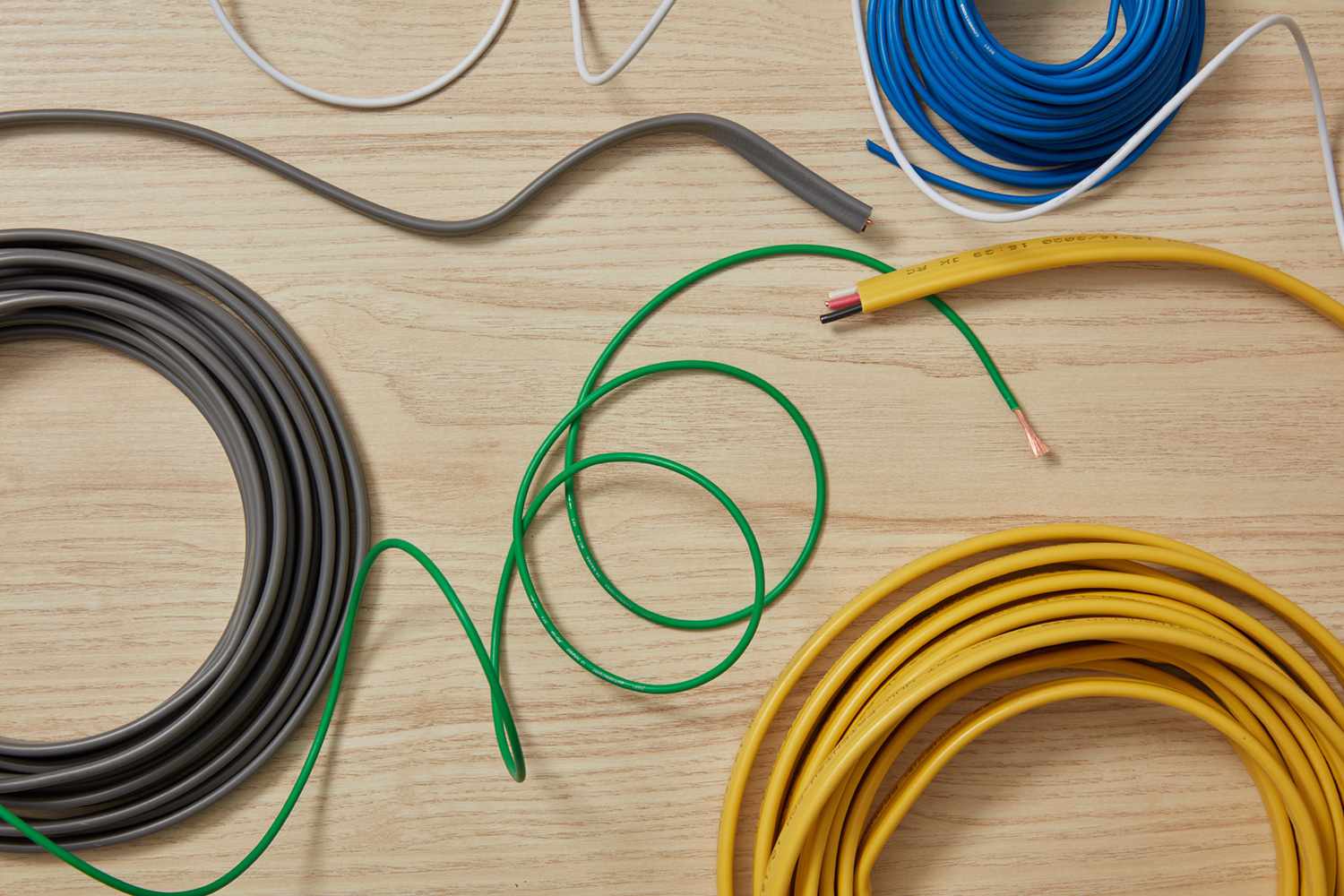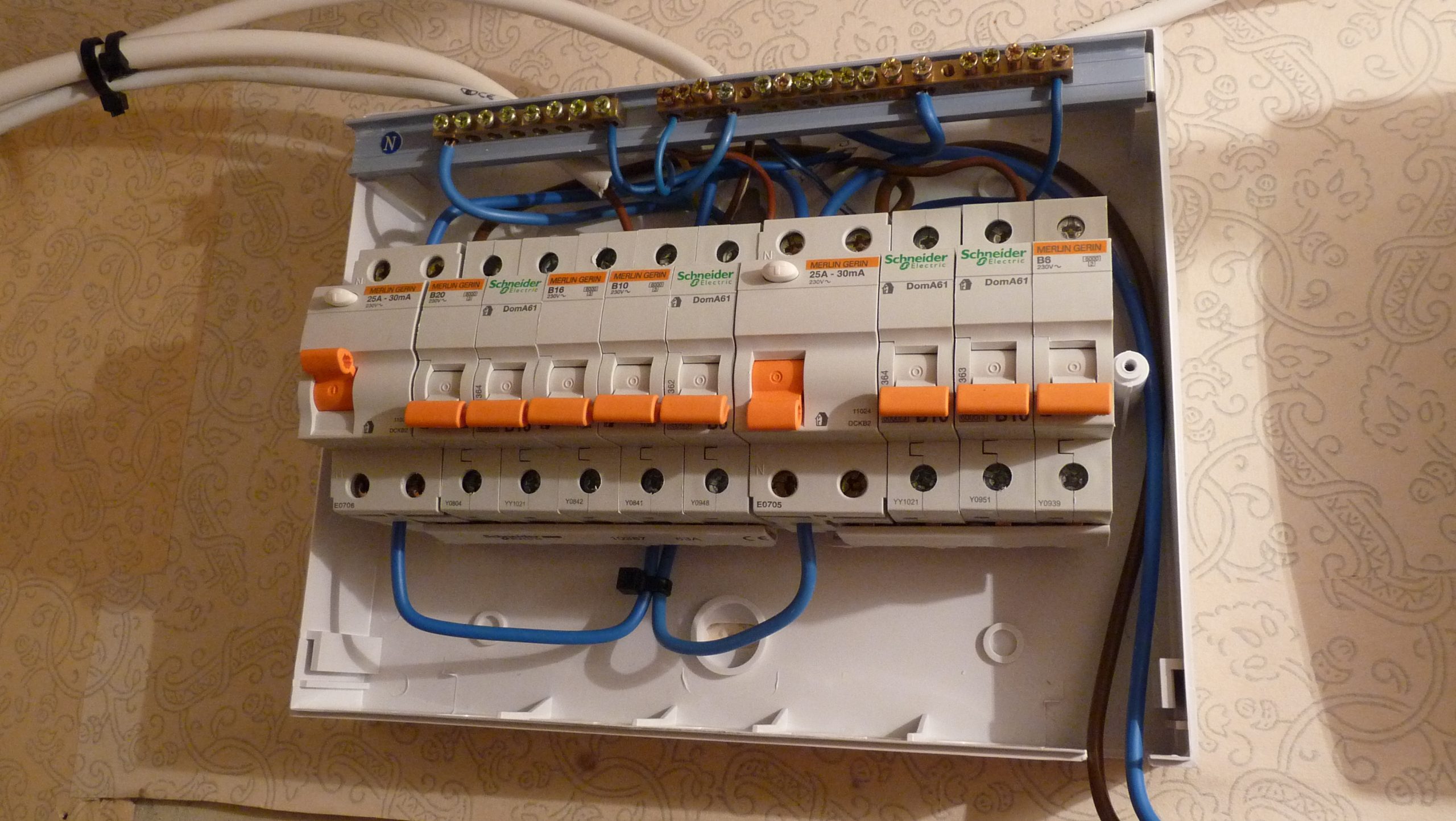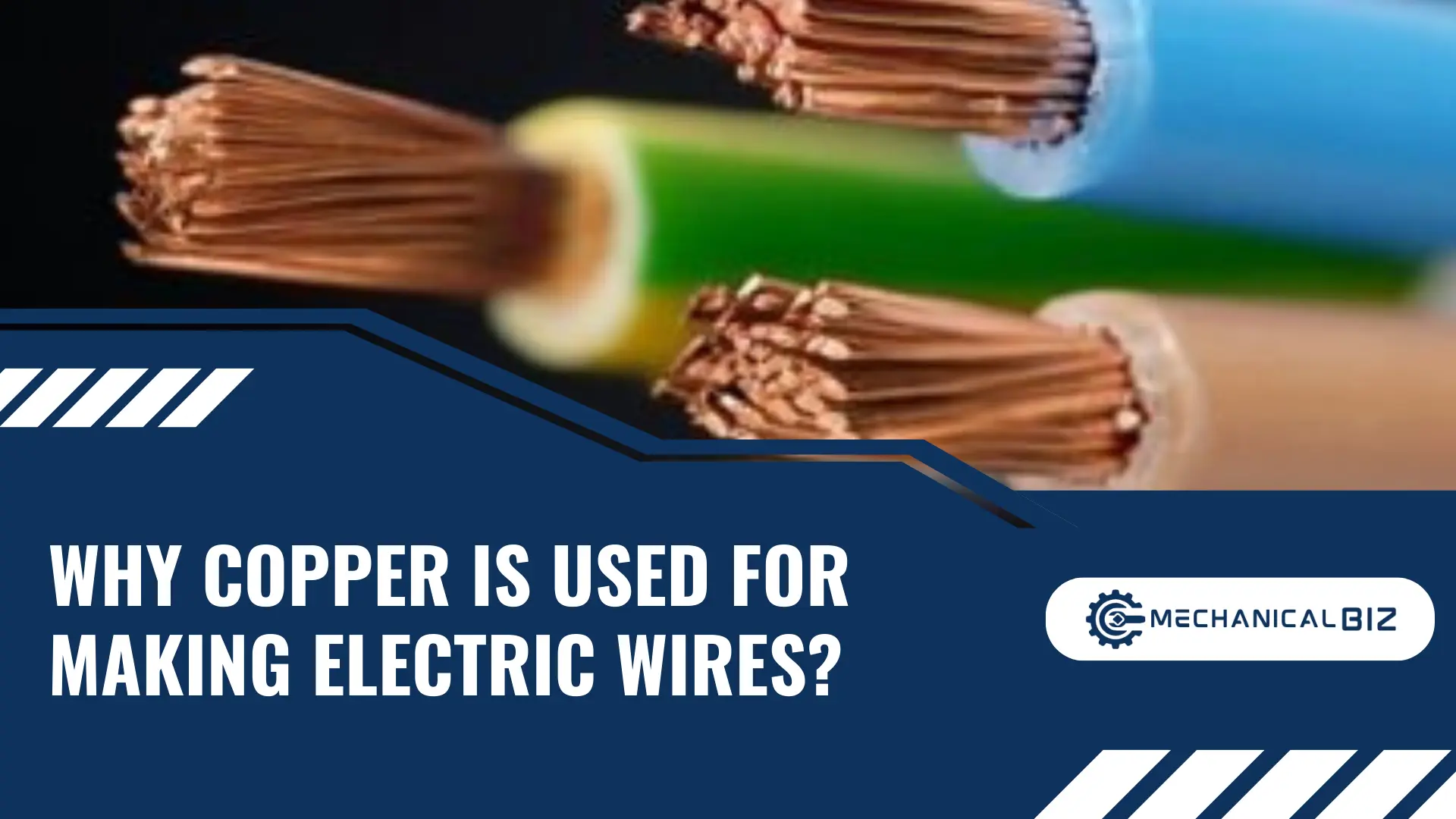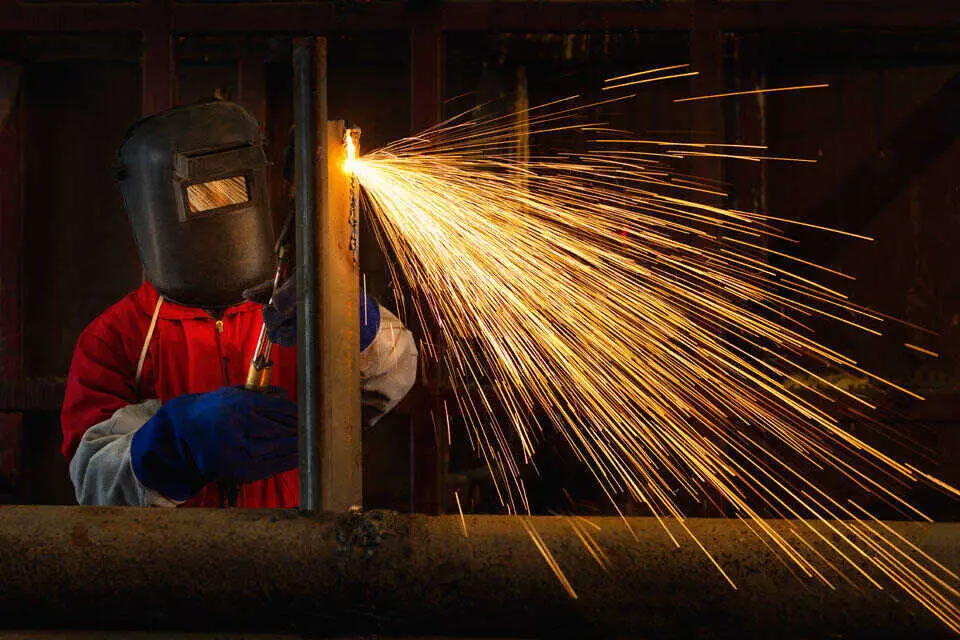What Metal Can You Not Weld?
What Metal Can You Not Weld => You cannot weld zinc and zinc alloys. TIG welding is usually used for welding nonferrous materials like aluminum and magnesium, and most other metals except for zinc and zinc alloys. Understanding The Limitations Of Metal Welding necessary to ensure a strong and reliable weld. TIG Welding Tips – … Read more

